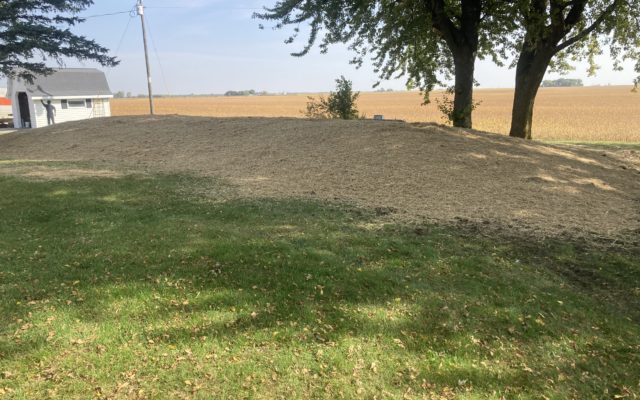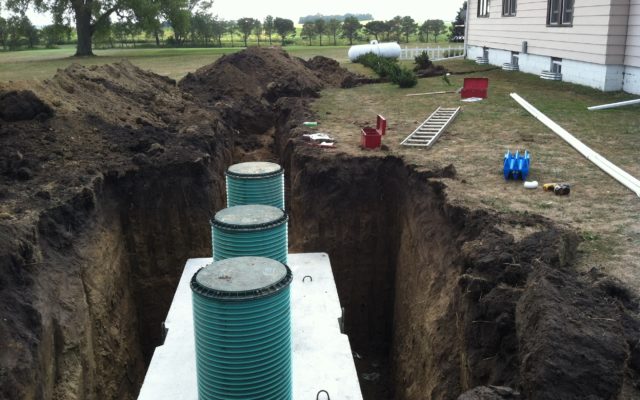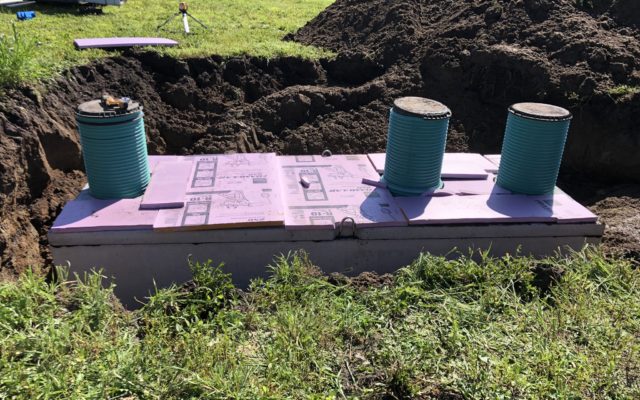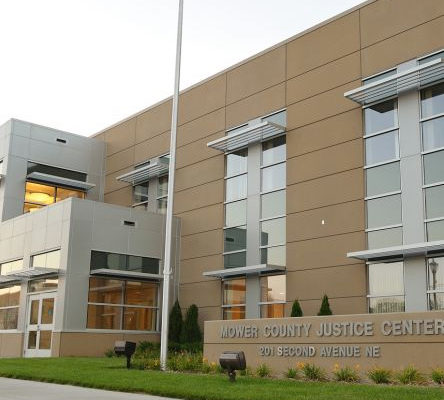Fall important time for septic maintenance

As October begins, Mower County staff is urging everyone with a septic system to follow all recommendations for fall maintentance.

October is an ideal time to get a septic tank pumped because, once heavy snow covers the area, locating the system’s cover becomes difficult, said Angela Lipelt, supervisor of Mower County Environmental Services. Septic owners who need to pump their tank should do that soon, she said; pumping should be avoided from November to April, unless there’s an emergency.

Septic tanks are recommended to checked once every three years. Most people also will have their septic tank pumped at the same time to remove all solids to avoid accumulation that causes home backups or other problems in winter. A pumping schedule, however, should be based on the number of people living in a home, size of the septic system and water-use habits. Online resources, including from the University of Minnesota, are available to determine a pumping schedule.
A septic professional, Lipelt said, generally – in addition to pumping a tank – will inspect the tank for damage or leaks; ensure the lid is secure and water-tight; check the tank baffles; clean the filter (if there is one); replace faulty pumps and motors; check the electrical wiring and alarms; and inspect the drainfield for damages, ponding or drainage issues.
Owners of septic systems also are advised to keep the area clear around the maintenance cover, Lipelt said. Removing leaves and other yard debris can make the septic tank easily accessible during an emergency.
Heavy equipment, vehicles and repetitive activities – such as snowmobiling and dirt biking – should be kept off a septic system’s drainfield because they could damage the drainfield or cause premature failure of what is a costly system, Lipelt said. Lawn mowers, including riding lawnmowers, are OK to use to mow the drainfield area but only when soils are dry, she said.
Trees and shrubs also should not be planted on or near a septic system because the roots will break through the pipes. University of Minnesota offers a helpful online guide called “Landscaping Septic Systems.”
Things that septic owners can do themselves this fall and other times of the year include:
· Cleaning and inspecting an effluent filter, if their system has one.
· Inspecting its electrical system for any loose or frayed wires.
· Walking around their drainfield to look for water surfacing or ponding. If so, contact a septic professional to get it repaired or replaced to avoid issues during winter.
· Avoiding the plowing of snow off the SSTS area or storing plowed snow over the drainfield.
· Stopping the mowing of grass covering the drainfield to allow it to have a “winter blanket” to insulate the system.
· Insulating a new septic system with straw before the winter freeze if grass has not been established yet.
· Fixing any leaks in your home.
SSTS owners also are reminded never to go into a septic tank because it lacks oxygen and might contain dangerous gases. Tanks always should be cleaned through the system’s manhole (opening that is 20 to 24 inches).
At the time of pumping, inlet and outlet baffles should be inspected to ensure they are in place and functioning properly. The soil-treatment area of a septic system also should be inspected at the time of pumping.
Septic education is part of an overall effort launched earlier this year by the Mower County Board to complete the final phase of the county’s long-running initiative to achieve septic compliance countywide. In January, the county offered a free workshop in Austin on septic systems and drinking water wells for homeowners.
Mower County continues to make record progress this year in working with property owners to get their septic systems into compliance. County officials hope to get a total of 120 septic systems installed this construction season, with no carry over projects heading into the 2021 season.
Mower County Environmental Services, 1105 Eighth Ave. N.E. in Austin, can assist with low-interest loans for septic replacements and other septic questions at (507) 437-7718 and online at: www.co.mower.mn.us/public-







